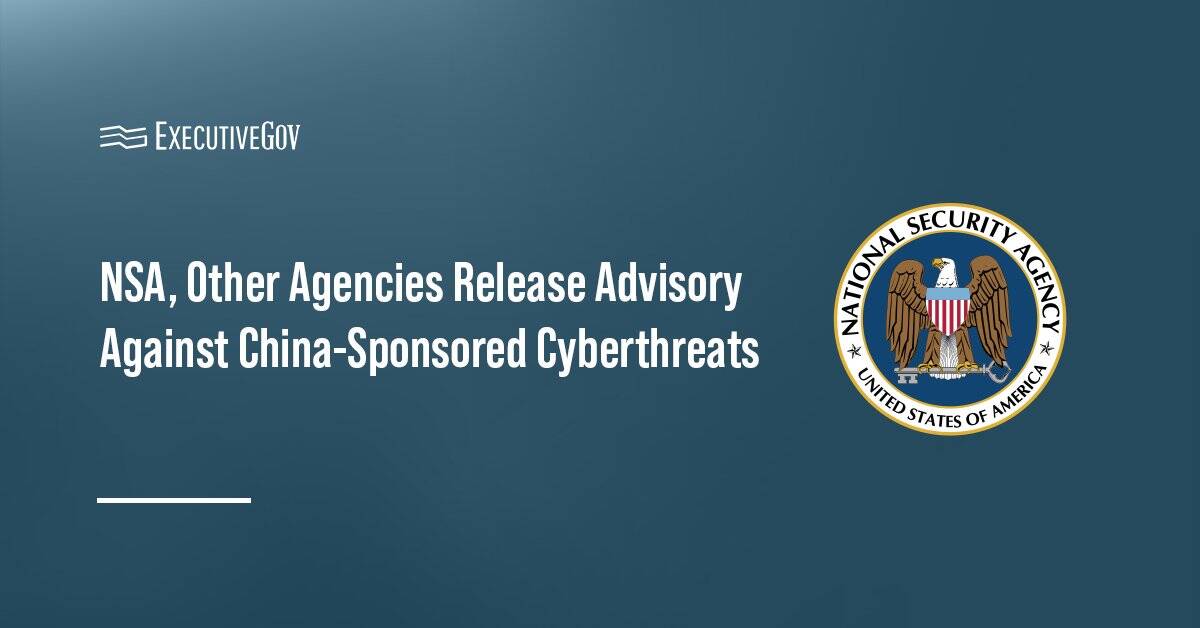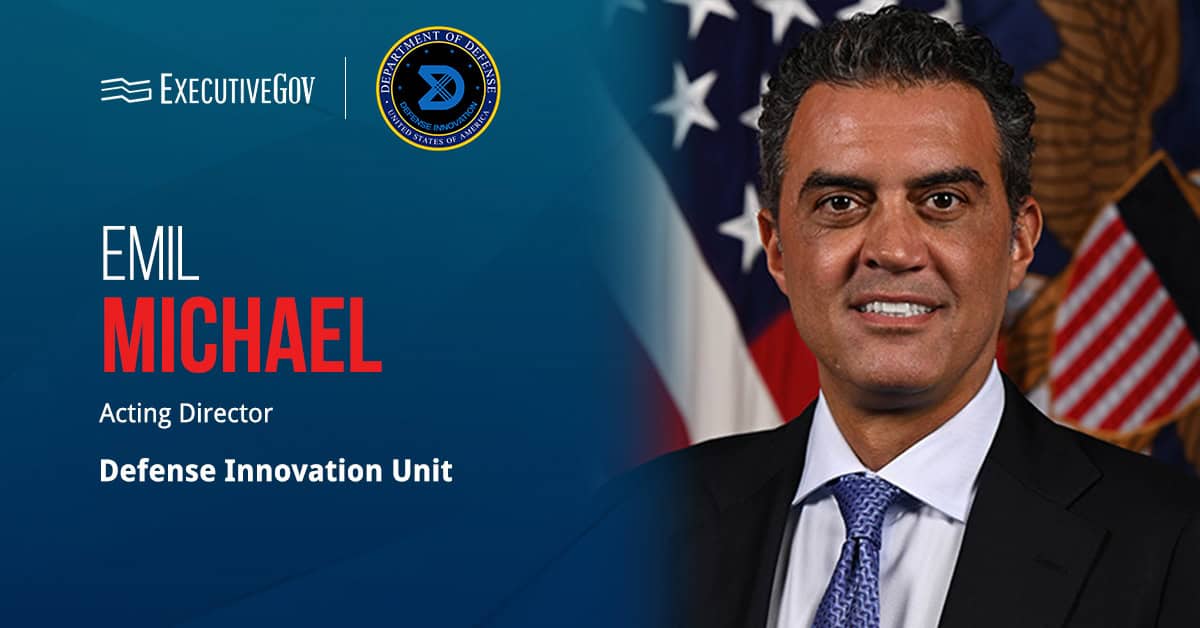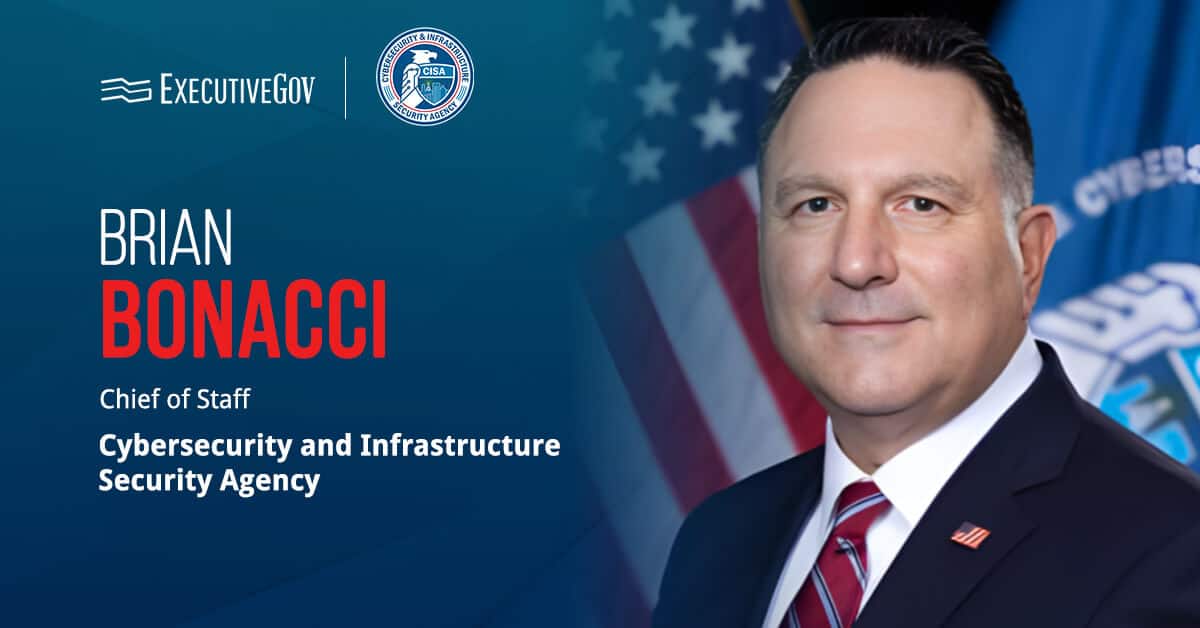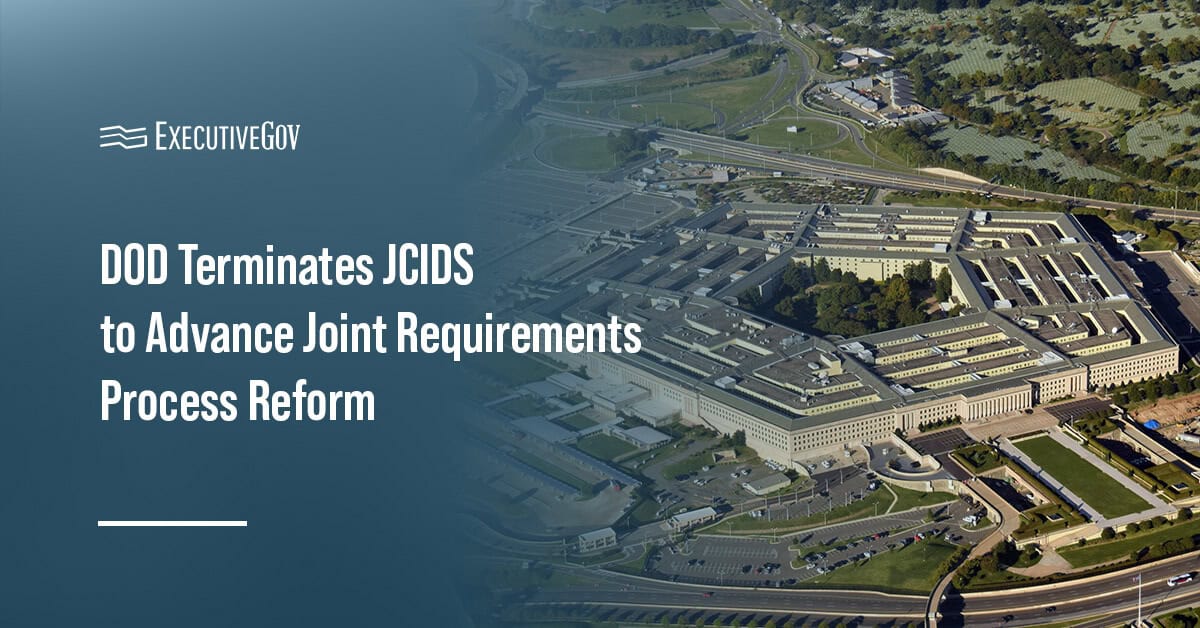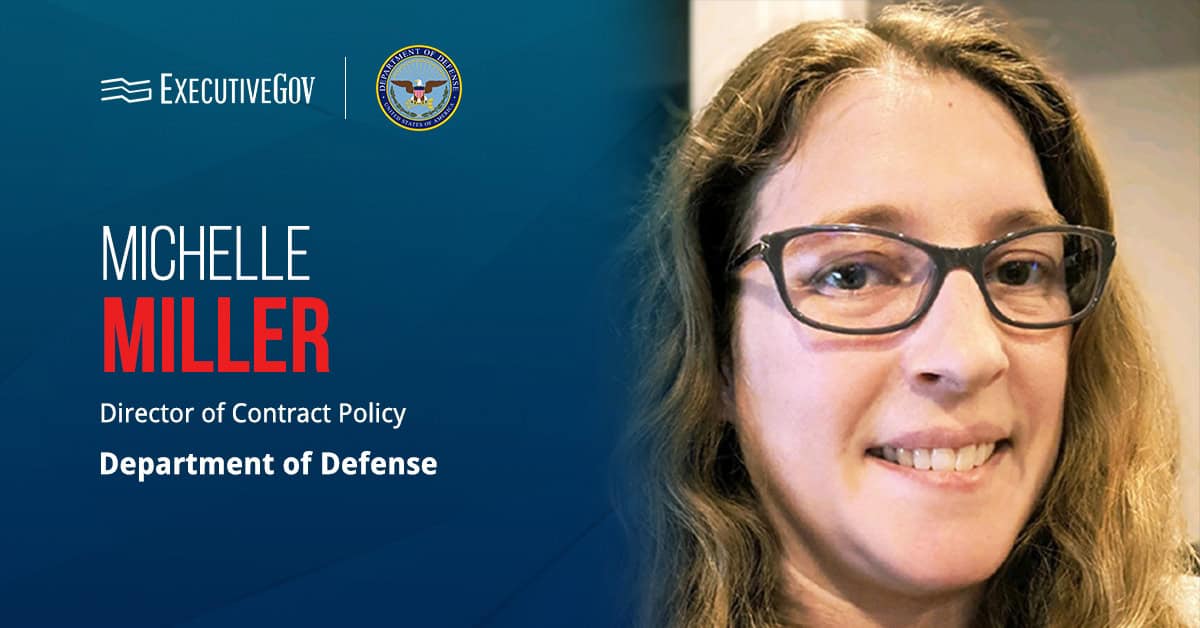The Defense Counterintelligence and Security Agency is preparing to migrate the Defense Information System for Security to the cloud this weekend, a move that marks a significant milestone in its broader 2025–2030 Information Technology Strategic Plan.
The transition is part of the “Cloud Smart” strategy under the National Background Investigation Services program and aligns with the Department of Defense’s emphasis on leveraging cloud computing to strengthen mission capabilities, streamline operations and enhance customer experience, DCSA said Wednesday.
“These migrations and modernization efforts will offer improved access for federal agencies, enhanced security features and streamlined clearance verification processes,” said Lindley Earl, deputy program manager for NBIS, adding that the initiatives will position DCSA and its customers for the future by reducing costs, improving performance and incorporating the correct data architecture for scalability.
The migration was delayed earlier this month after customer feedback in the testing phase revealed issues requiring resolution. “We took the extra time to address those concerns,” said Mike Faller, NBIS program management specialist. “The final result is a migration effort coming up with very limited impact to our customers.”
DISS users will experience a temporary outage during the transition. They will continue to access the system the same way once migration is complete.
Table of Contents
Strategic Technology Vision
The migration supports the objectives laid out in DCSA’s first IT Strategic Plan, which was released in July to guide delivery of innovative, secure solutions and ensure the trustworthiness of the federal workforce and cleared industry. The plan was developed through collaboration across DCSA leadership, directorates and field offices, and serves as a blueprint for leveraging IT to fulfill mission requirements.
“As the federal government’s largest provider of integrated security services, DCSA is continuously modernizing its digital ecosystem to protect the nation’s most critical assets,” said Director David Cattler. “This strategic plan provides a blueprint for how DCSA leverages IT to fulfill mission requirements.”
Goals for Digital Transformation
The plan sets out six priorities for the agency’s IT modernization: advancing a secure and scalable IT environment; driving innovation and modernizing technology; empowering and growing a skilled digital workforce; forging partnerships and strengthening governance; optimizing secure and scalable cloud capabilities; and enhancing data management to enable data-driven decision-making.
DCSA aims to build secure and high-quality data pipelines, modernize legacy datasets and integrate real-time visualization tools within a unified data architecture.
“To achieve its mission, DCSA must invest in and embrace a data-driven future,” said DCSA Chief Information Officer Jeanette Duncan, Program Executive Officer Edward Lane and Chief Data and AI Officer Wally Coggins in the plan’s executive summary. “By prioritizing scalability, security, and agility in IT solutions, this plan supports our mission to leverage advanced analytics and AI capabilities for measurable business impact.”
The cloud migration of DISS — supported by the Defense Department’s cybersecurity infrastructure and Joint Warfighting Cloud Capability — represents an early step in the strategic plan’s execution. DCSA expects the modernization initiatives to improve operational efficiencies, strengthen security and accelerate the retirement of legacy systems, positioning the agency for future mission demands.



